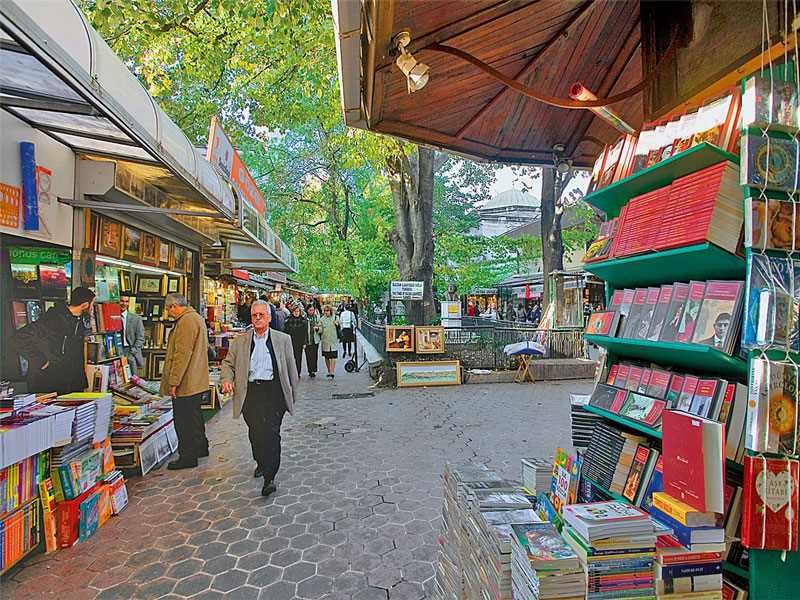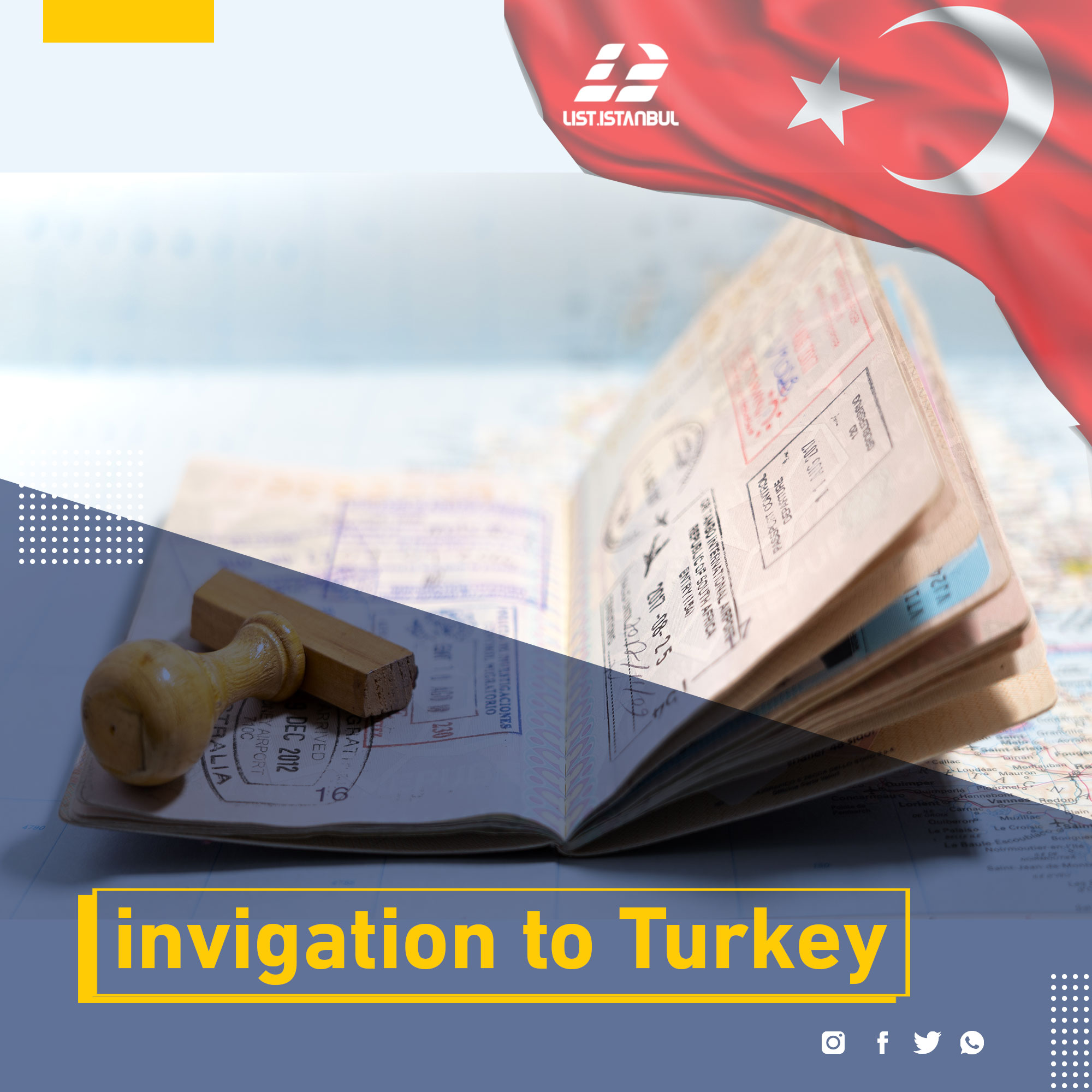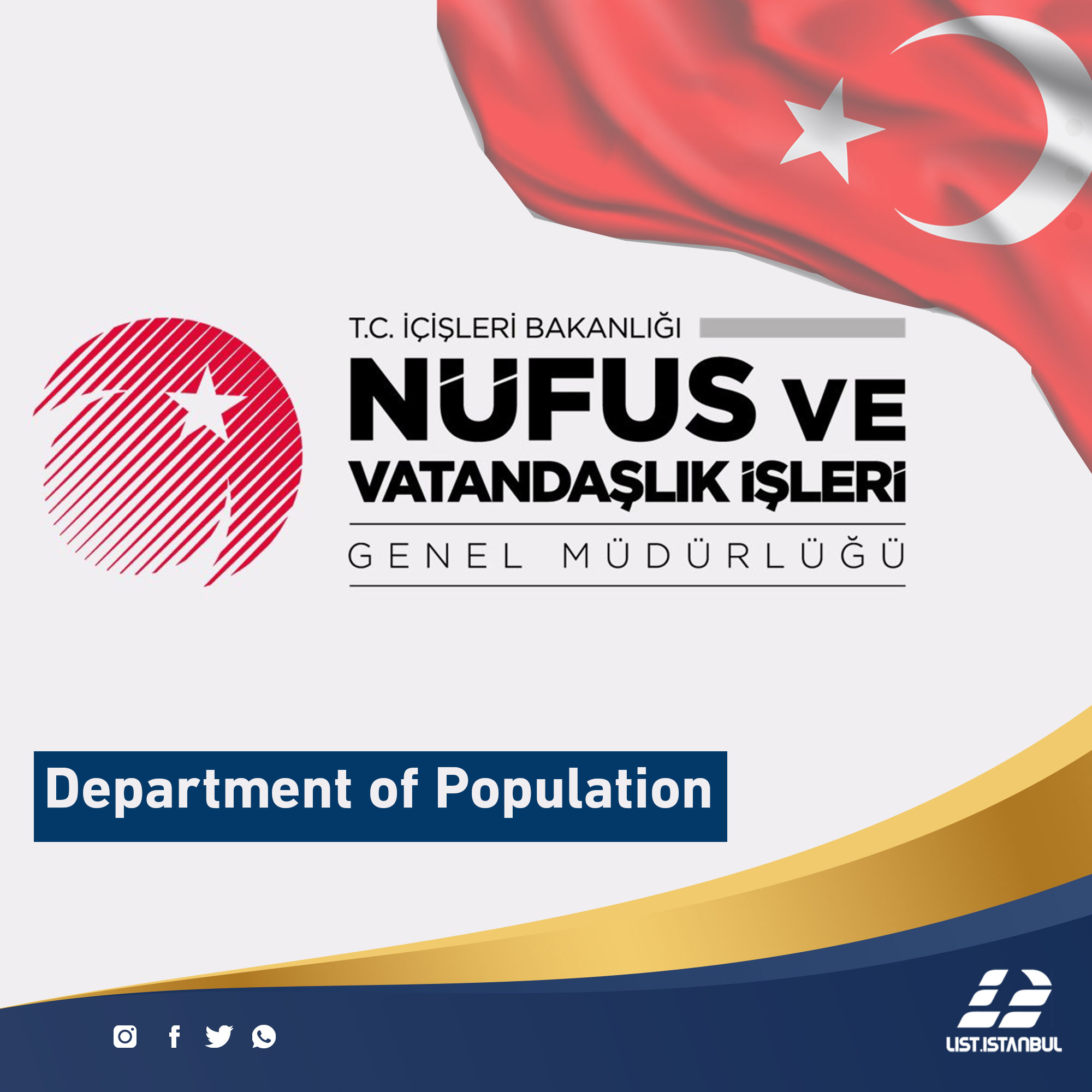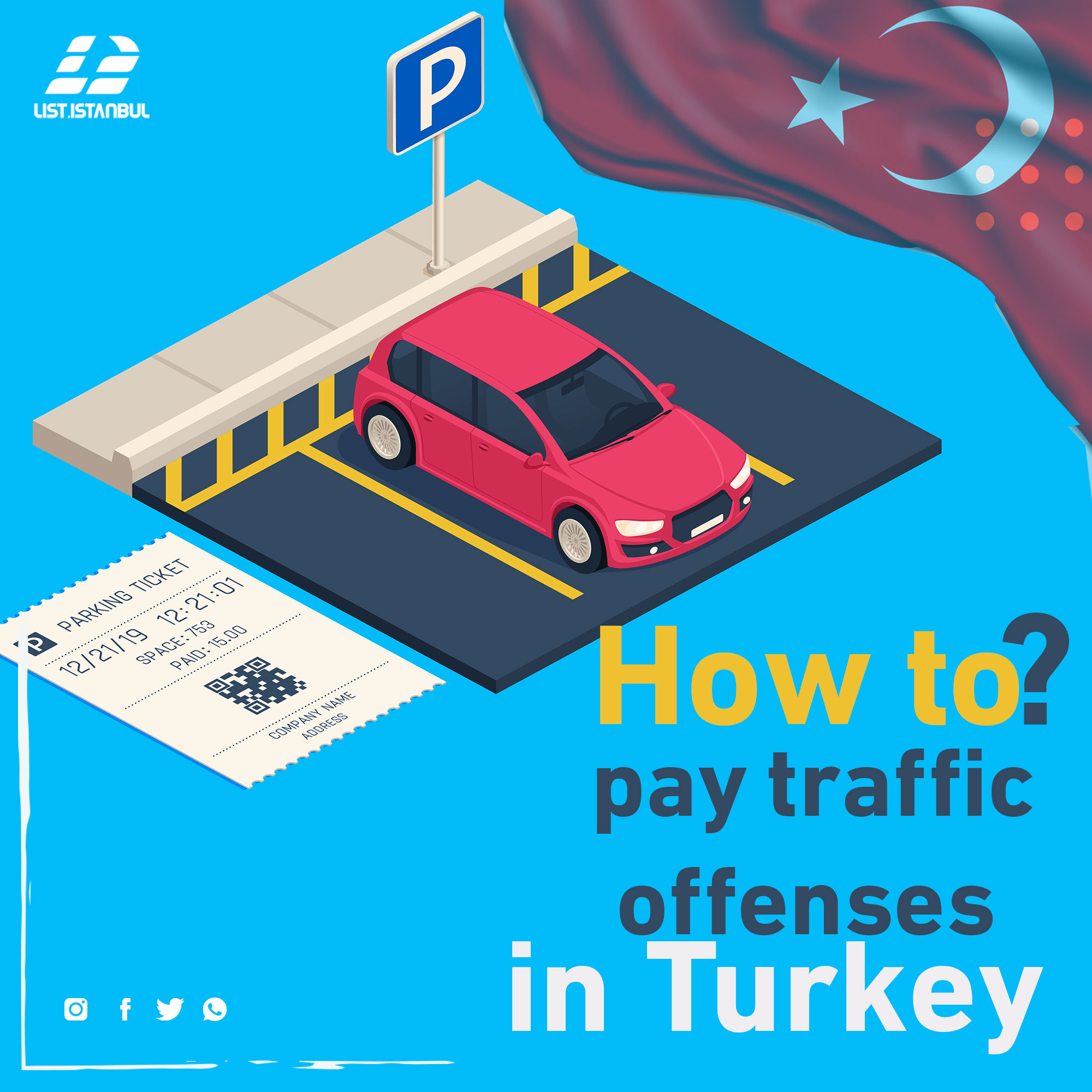One of the oldest markets in Turkey. Located in the area between the stone land on the left side of the Bayazid Mosque and the door of Sadafçiler which opens on the covered market, in the European section of Istanbul.
A market dedicated to the display and sale of books, newspapers and scientific papers. The market contains 40 shops, 17 bunk shops and 23 one-floor shops. In the center of the souk there is a statue of Ibrahim İmrahim Müteferrika, owner of the first printing house in Turkey. The market offers discounted prices for selling books and scientific papers you will not find anywhere else. You can also find unique copies of the Arabic manuscripts that can be sold.
History of the journalists market
The journalists' market has a long past until the fifteenth century, and paper shops and old books were around the school to secure student supplies. When the built-up market was completed in 1460, these shops were set aside and moved into the roofed market. The earthquake that struck Istanbul between 1460 and 1894 lasted until the current market was called Hakkâklar Çarşısı.
The editors of the journalists' market were affiliated with the Journalists Association, which was headed by Al-Basrawi "Abdullah Yitimi", who was said to be one of the first booksellers in the market. The journalist did not take up this position until after passing through the working stage and the assistant stage.
The poets, princes and ministers were not only the Turks, but all of them visited the market of journalists. In the 17th century, the French writer Antoni Gland, who worked as a translator for the French Embassy at the time, bought a colorful manuscript. . A famous traveler, Olea Shalabi, recalls the market in the 17th century that there were 50 shops and 300 journalists in the market.
In 1950, the market was exposed to a great fire. As a result, many of the ancient manuscripts were turned into ashes. The municipality of Istanbul restored the market and converted its wooden shops into concrete. The market takes its current shape with two side-by-side shops selling books in different languages.








